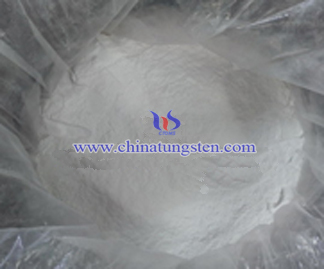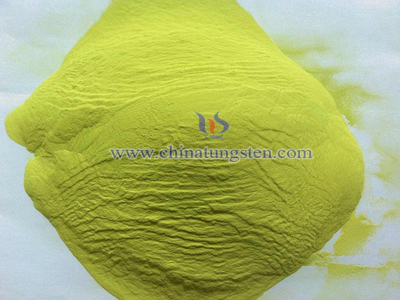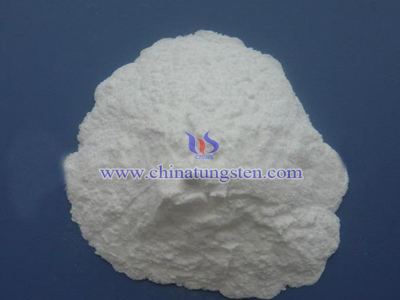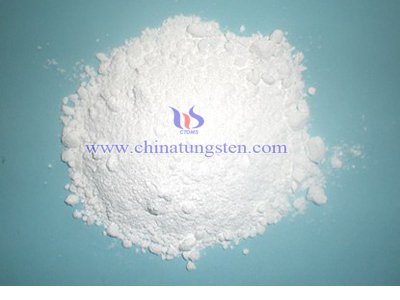Ammonium Paratungstate Molecular Graph
.jpg)
APT will have forms of crystal under different crystallization conditions, such as:
1.3(NH4)2O-7WO3-6H2O ;
2.5(NH4)2-12WO3-5H2O;
3.5(NH4)2O-12WO3-5H2O;
4.5(NH4)2O-12WO3-11H2O

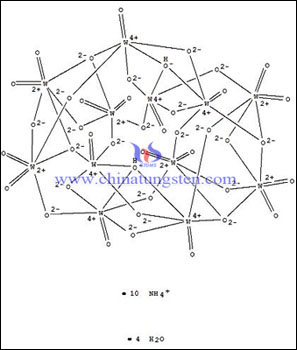
In chemical graph theory and in mathematical chemistry, a molecular graph or chemical graph is a representation of the structural formula of a chemical compound in terms of graph theory. A chemical graph is a labeled graph whose vertices correspond to the atoms of the compound and edges correspond to chemical bonds. Its vertices are labeled with the kinds of the corresponding atoms and edges are labeled with the types of bonds. For particular purposes any of the labelings may be ignored.
Molecular graphs can distinguish between structural isomers, compounds which have the same molecular formula but non-isomorphic graphs - such as isopentane and neopentane. On the other hand, the molecular graph normally does not contain any information about the three-dimensional arrangement of the bonds, and therefore cannot distinguish between conformational isomers (such as cis and trans 2-butene) or stereoisomers (such as D- and L-glyceraldehyde).

